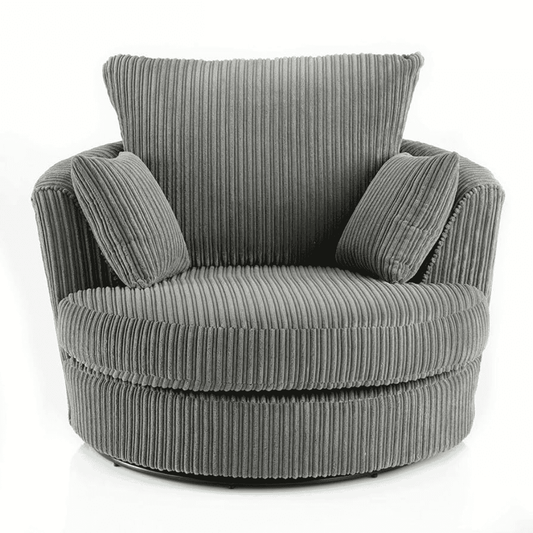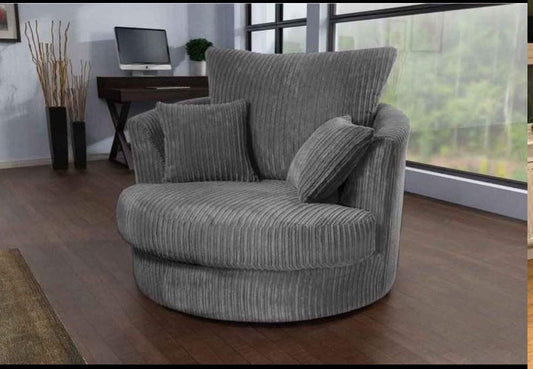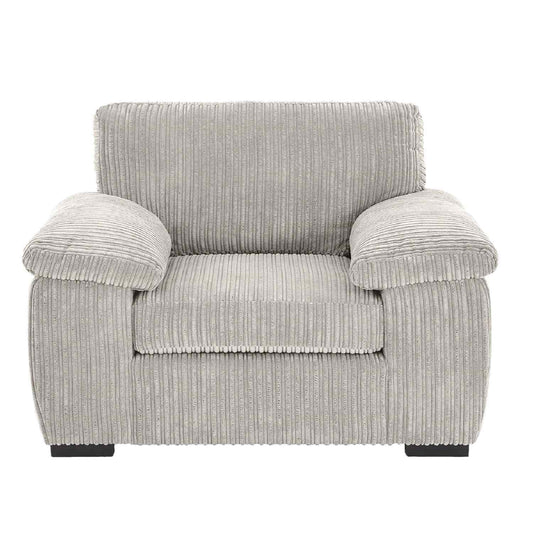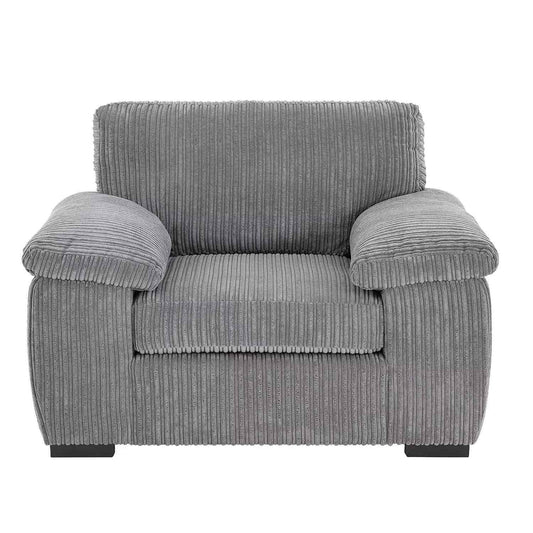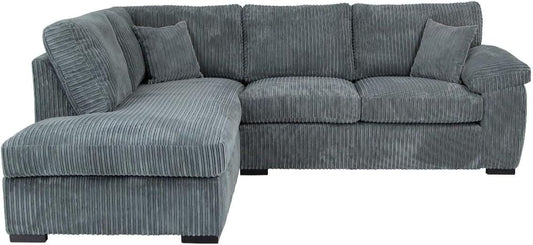Tips on Choosing the Right Living Room Furniture by Sofa Selections
The living room is the heart of any home, a space where family members gather, guests are entertained, and daily life unfolds. One of the key components that define a living room’s look and feel is the furniture. When it comes to selecting the perfect living room furniture, making thoughtful choices can ensure comfort, style, and functionality. With so many options available, it can be overwhelming to know where to begin. In this guide, we’ll walk you through the best tips on choosing the right living room furniture, with a particular focus on sofa selections, which often serve as the centerpiece of any living room.
1. Assess Your Space and Layout

Before even thinking about style or material, it’s important to understand the space you're working with. Take accurate measurements of your living room, especially the areas where you plan to place furniture. This will help you avoid selecting pieces that are either too large, overwhelming the room, or too small, making the space feel incomplete.
Consider the layout of your room: is it open-plan, or do you have distinct zones? An open-plan space might benefit from versatile sectional sofas that allow for easy flow and create defined areas, while smaller, more traditional rooms may require a more compact sofa or loveseat to maintain proportion.
You should also think about traffic flow and how people will move around the room. Opt for furniture that leaves enough space for comfortable movement while still fulfilling the aesthetic goals of the space.
2. Determine Your Style and Aesthetic Preferences
Your living room furniture should reflect your personal style while also complementing the overall design of your home. Whether you lean towards contemporary, mid-century modern, traditional, or farmhouse, choosing the right sofa is a crucial step in curating a cohesive and inviting environment.
- Modern & Minimalist: Clean lines, neutral colors, and simple shapes define this style. A sleek, low-profile sofa in a neutral fabric or leather can provide the perfect foundation for a minimalist living room.
- Traditional & Classic: If you prefer a more classic aesthetic, look for sofas with rolled arms, tufted backs, or wooden legs. These pieces often feature warm, rich tones and can be complemented with patterned cushions and vintage decor.
- Bohemian or Eclectic: For a more eclectic look, feel free to experiment with bold patterns, vibrant colors, and unconventional shapes. A plush, overstuffed sofa paired with brightly colored throws or pillows can add personality and charm to your space.
- Mid-Century Modern: Mid-century furniture is all about functionality and form. A streamlined sofa with clean, angular legs and bold, yet simple upholstery is a perfect fit for this style.
3. Consider Comfort and Functionality
The sofa is typically the most used piece of furniture in the living room, so comfort should be one of your top priorities. Pay attention to the depth and height of the seat, the firmness of the cushions, and whether the sofa offers support in all the right places.
- Seat Depth: If you prefer lounging with your legs stretched out, a deeper sofa may be ideal. For those who like sitting upright, a shallower seat might be more comfortable.
- Cushion Firmness: Sofas come with a variety of cushion fillings, such as foam, down, or a combination. Foam cushions tend to be firmer, while down-filled cushions provide a plush, soft experience. Test the cushions before buying to ensure you’re selecting a firmness that matches your preferences.
- Support and Backrest: Ensure the backrest is at a comfortable height for sitting and provides adequate lumbar support. Some modern sofas even have adjustable backrests for added versatility.
4. Choose the Right Upholstery Fabric
The upholstery fabric is another essential factor in your sofa selection. The material you choose will not only impact the look and feel of your sofa but also its durability and ease of maintenance.
- Leather: Leather sofas are known for their luxurious feel and durability. They can withstand wear and tear better than fabric and are easy to wipe clean. However, they may be less forgiving in colder climates, as leather can feel cool to the touch.
- Fabric: Fabric sofas are versatile and come in a wide range of textures and patterns. They can be a great option for families with young children or pets, as many fabric options are stain-resistant or have removable covers. However, fabric can wear out faster and may require more maintenance, especially with lighter colors or delicate materials.
- Velvet: If you're after an elegant and sophisticated look, velvet is a luxurious option. It’s soft, shiny, and adds a touch of glamour to any room, but it may require more care, as it can attract dust and pet hair.
- Performance Fabrics: For homes with heavy use, especially if you have children or pets, consider performance fabrics. These are designed to be stain-resistant, durable, and easy to clean, making them a great choice for high-traffic areas.
5. Think About Versatility
Your living room furniture should be versatile enough to accommodate a variety of activities. A sofa that looks great but doesn’t offer ample seating or comfort for hosting guests will quickly lose its appeal. A sectional sofa with a chaise lounge, for example, can provide additional seating while also offering a comfortable spot for relaxing.
Modular sofas are another excellent option if you’re looking for versatility. These sofas allow you to rearrange the pieces according to your needs, so they can adapt to different group sizes and room layouts. Look for options that allow you to switch between configurations, offering both aesthetic flexibility and comfort.
6. Prioritize Quality and Durability
Investing in quality furniture is essential for long-term satisfaction. A well-made sofa can last for many years, while cheaper alternatives may start showing wear and tear quickly. Look for sofas constructed with durable frames made from hardwood, such as oak, maple, or beech. These frames are sturdy and resistant to cracking or warping.
Also, check the quality of the cushion filling and the stitching. High-quality foam or down will maintain its shape over time, while poor-quality materials may flatten or shift. Be sure to read reviews or seek recommendations from people who have bought the same brand or model.
7. Add Accents and Accessories

Once you've selected your sofa, it’s time to add finishing touches that enhance the overall look. Decorative pillows, throws, and a matching coffee table can make the space feel inviting and polished. The right accessories can also provide contrast, complementing your sofa while giving your living room a unique, curated vibe.
For example, if you have a neutral-colored sofa, you could add colorful or patterned pillows to create a pop of interest. If your sofa features bold colors, you might want to keep your accessories more muted to avoid overwhelming the space.
Conclusion
Choosing the right living room furniture, particularly a sofa, is a decision that requires careful consideration of your space, style, and comfort preferences. The ideal sofa should not only reflect your taste but also provide comfort, durability, and versatility. By assessing your space, thinking about material and comfort, and prioritizing quality, you can select furniture that not only elevates your living room's aesthetic but also enhances its functionality for years to come. Whether you’re creating a modern sanctuary or a classic, cozy gathering space, your sofa will set the tone and serve as the focal point of your living room.

